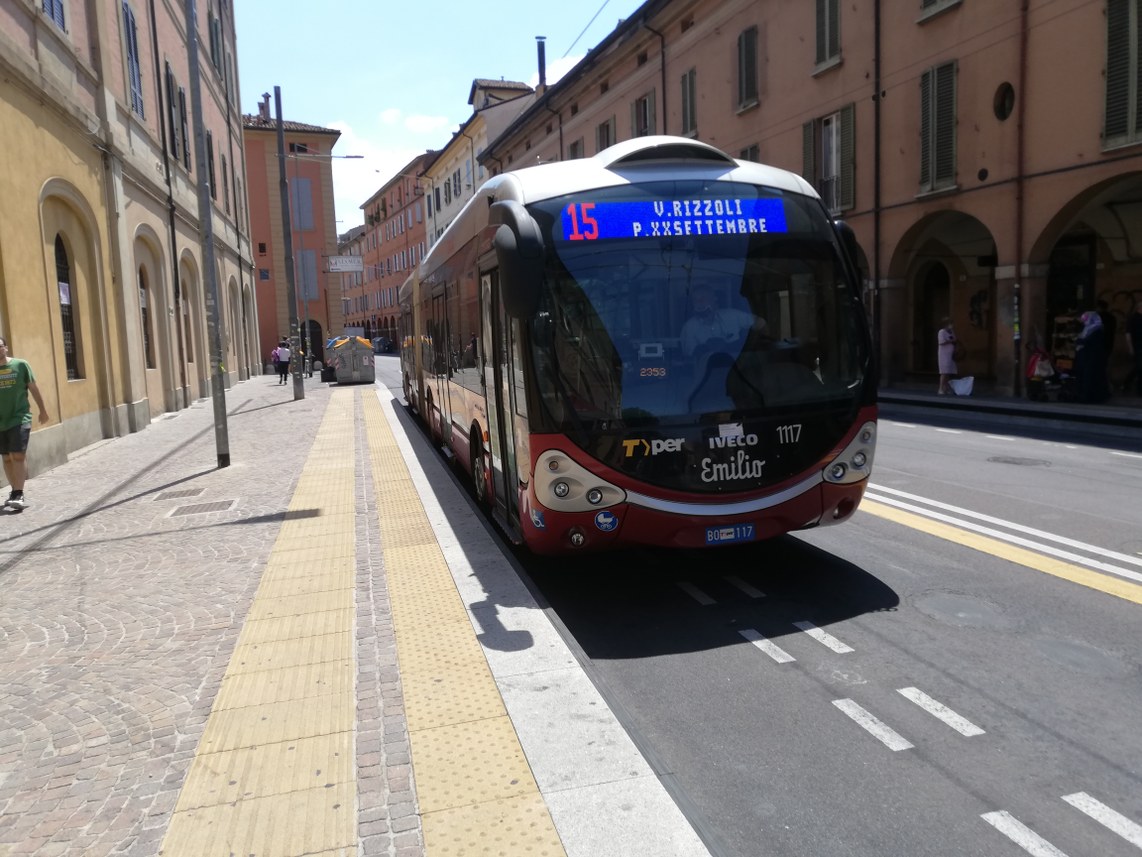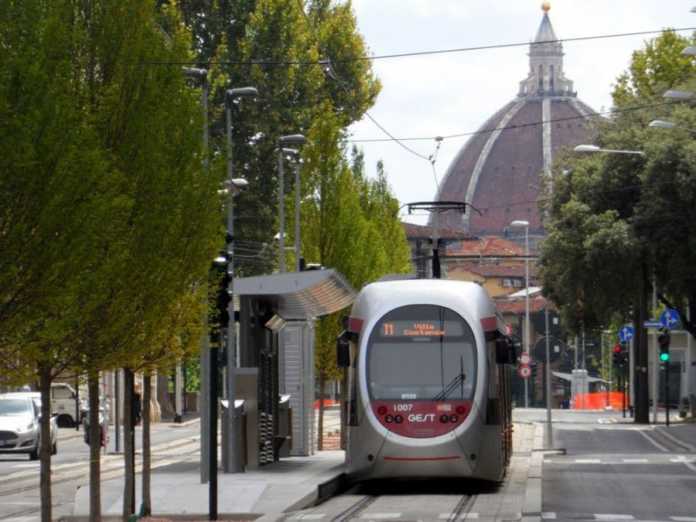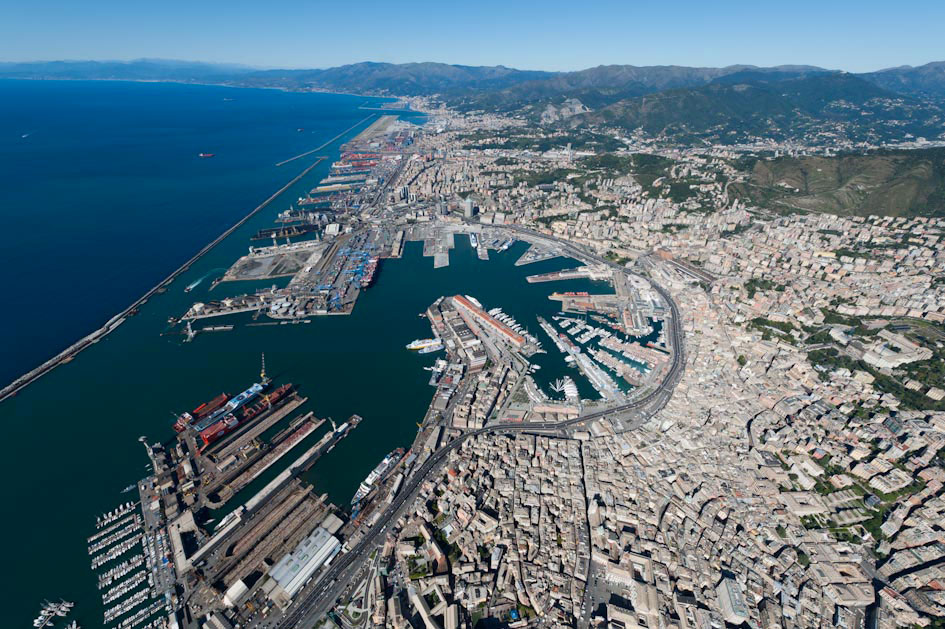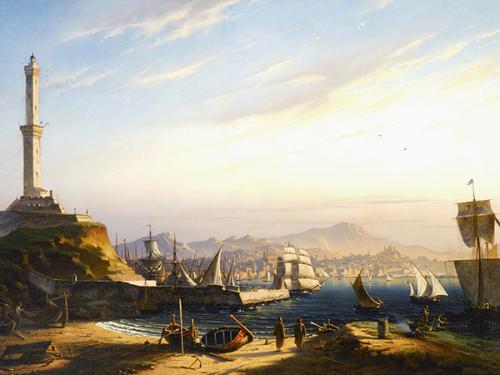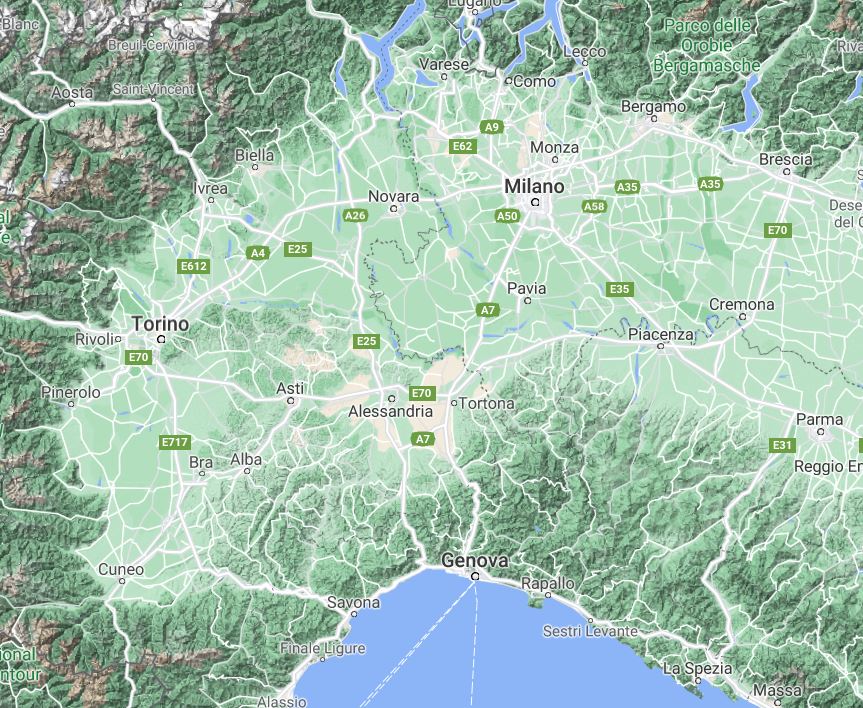
1/ Sometimes we frame technology choices in transit as value-driven choices (x is better/worse than y). This is somehow inevitable, as planning is a value-based, often prescriptive practice.
But we must try to debunk some preconceptions.
I'll try with trolleybus vs tramway

But we must try to debunk some preconceptions.
I'll try with trolleybus vs tramway

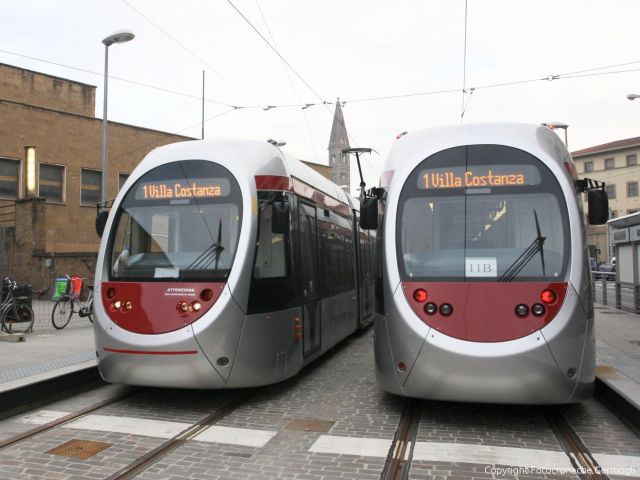
2/ To make it easier, I'll apply it to a concrete case. Again, it's my hometown, Bologba, a city that has envisioned to use both technologies to satisfy the demand of its trunk transit routes, and is finally going toward a mix of both.
3/ To begin: why buses, whether, ICE or electric, are not enough? The current bus+trolleybus network carries, in the urban core, 320k/day. But eight radial trunk lines, plus the inner ring, carry alone 234k/day, i.e. 75% of the entire ridership. 
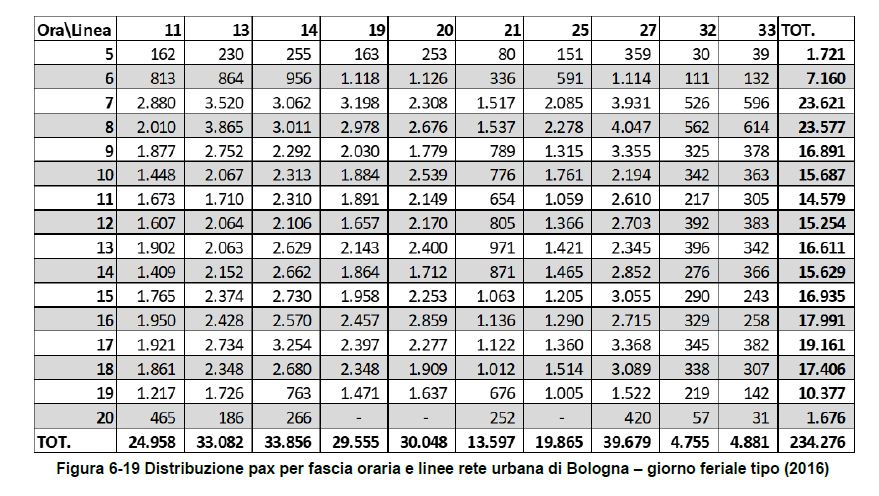
4/ But the demand is even more geographically concentrated, and this matter. Four main roads radiating from the city center (E-W axis, N and S-W) carries at least 2 superposed trunk lines. 
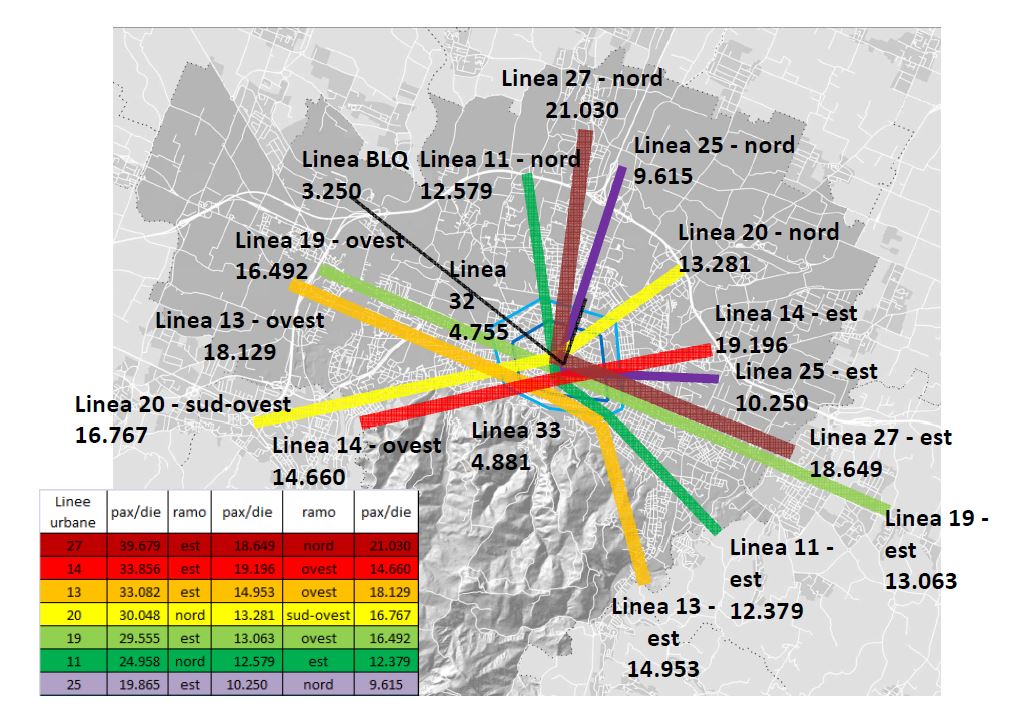
5/ To cope with this high demand, all trunk lines uses bi-articulated 18m buses (or trolleybuses) with an average of 138 passengers for each bus trip despite a 3'-6' headway at rush hour. The result: unbearable overcrowding and increased dwelling times -> delays 

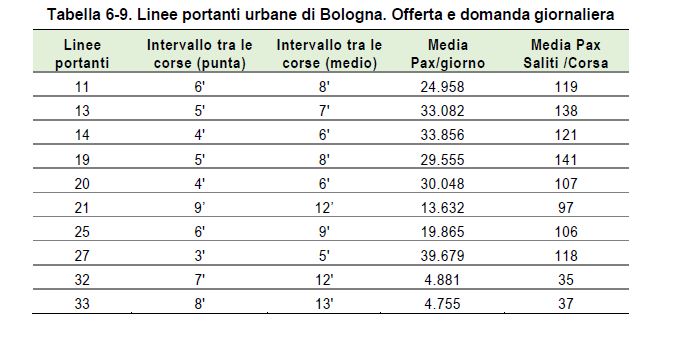
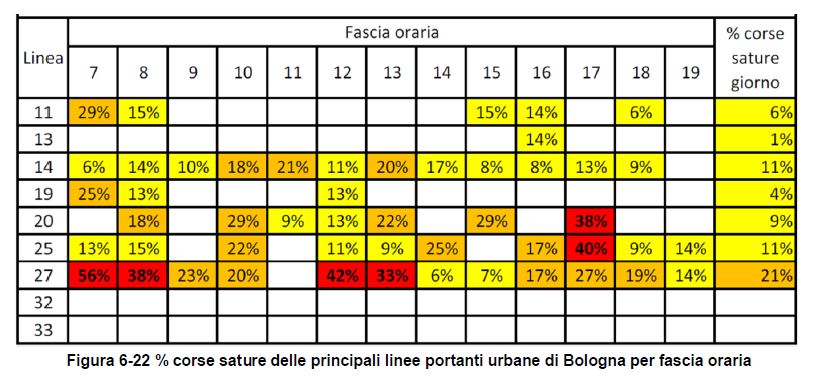
6/ Even worse, on top of the superposition of 2 trunk lines with 3'-5' headways each along major axis, suburban bus lines with 15' at peak works as express (skipping stops) along the same major routes. Result: many stops see a bus every 0.8', i.e. 45'' 
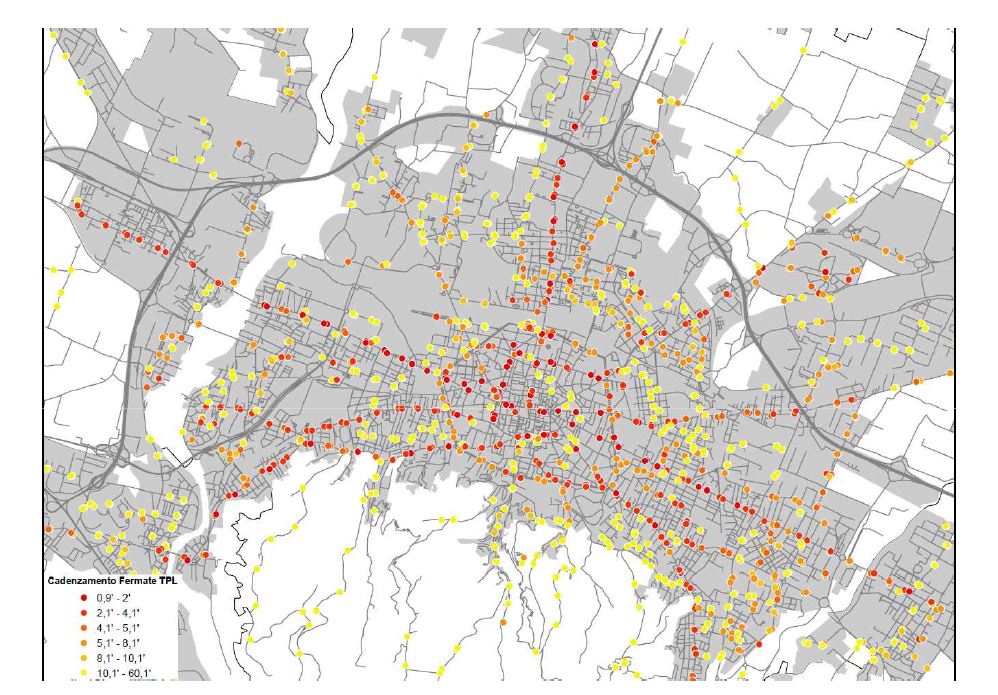
7/ So, how to cope with this already high, and increasing, demand on major routes ? The first answer, back in the 1990s, was to provide extensive reserved 24/7 bus lanes in the most congested sections, splitting stops to allow for multiple bus boarding at the same time
8/ Those mesures helped the system stay afloat and cope with the increasing demand for two decades, but every minor disruption results in catastrophic delays and severe perturbation. A 45'' headway is untenable with buses
9/ This is the picture today: very little room to increase ridership because of a system with constrained capacity that achieved the best it could with the current technology.
10/ The 2011 "PIMBO" plan to convert all the trunk lines to trolleybus operation, despite being much cheaper, would have solved only partially the problem with a few more protected lanes, level boarding with optic guided approach. But the 18m limit for each vehicle is the problem 
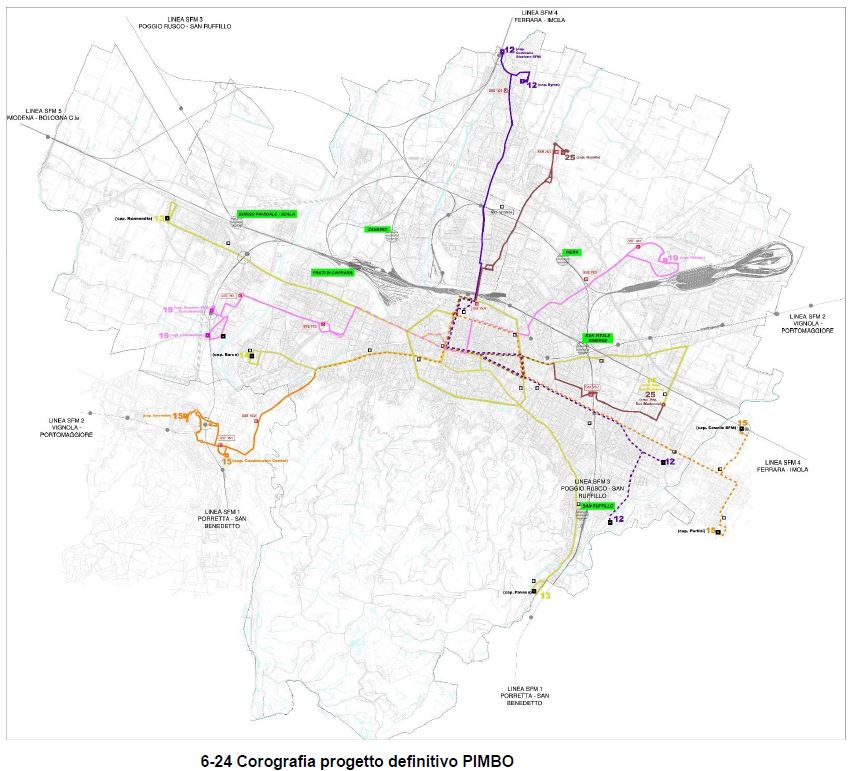
11/ That is why, despite being financed, this project never took off: because it doesn't solve the main problem: on the shared trunk lines, to cope with the actual and future demand, 18m trolleybus would need to run at 1'-2' frequency,that is untenable without fully dedicated RoW
12/ Even 24m long, tri-articulated trolleybus, that are not yet allowed in Italy but will probably be soon, would help solve partly the capacity issue reducing frequency to manageable levels, but would have problems to maneuver in narrow city center streets, as it already happens 
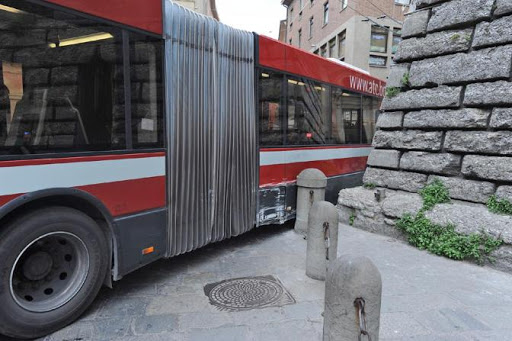
13/ Does this rules out the place for trolleybus in the network? Absolutely not. There are complementary radial trunks where a a frequent 4'-5' minute 18m trolleybus, with partially reserved RoW and improved boarding is the "best", or at least a perfectly fine, option.
14/ As projects for Bologna's trams lines are refined, it's emerging that a couple of planned tram legs are borderline, in terms of demand and reliability. An LRT-like tramway would be oversized, an 18m trolleybus would be somehow undersized or overstretching its limits.
15/ The choice between one or either finally depends on political choices: A trolleybus lines with some, but not all, of the RoW reserved is easier to implement politically. But in case politics decides for a fully reserved RoW, a tramway use less space and cause less vibrations.
16/So, the reality is that, besides a pure economical calculation of the tradeoffs between upfront investment and operational expenses, many more factors need to be evaluated in the choice b/w LRT-tramway and trolleybus, factors that need a qualitative not quantitative evaluation
17/ Those are the only situations where a honest qualitative SWOT analysis, clearly putting on the table the pros and cons of two equally not perfect technologies, could help an informed political choice, that must cut between two almost equivalent technical solutions
18/ Finally, decontextualized statements about whether one technology is "better/worse" than another are, most of the time, normative takes. Which is perfectly fine (we all have preferences). but we'd better be able to evaluate every time tech choices in a contextualized manner.
• • •
Missing some Tweet in this thread? You can try to
force a refresh
